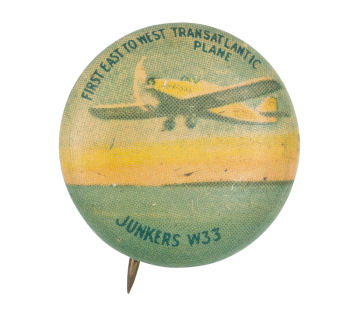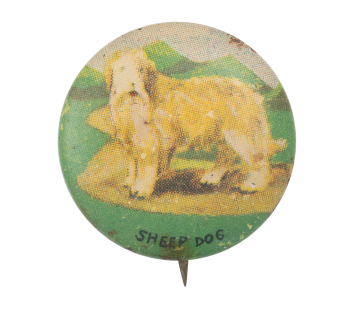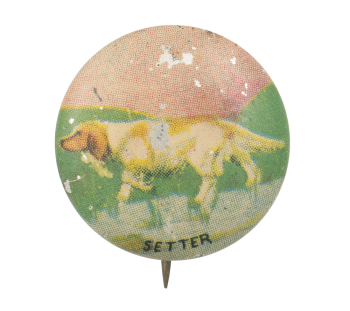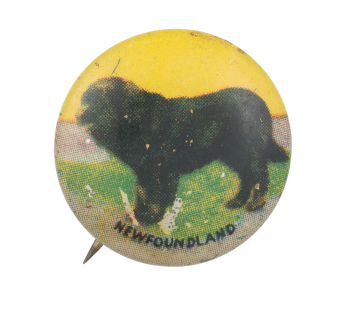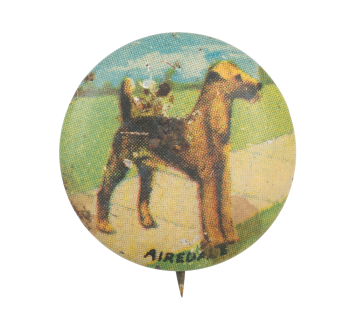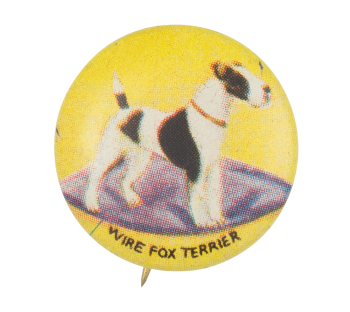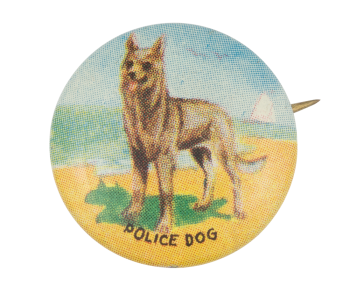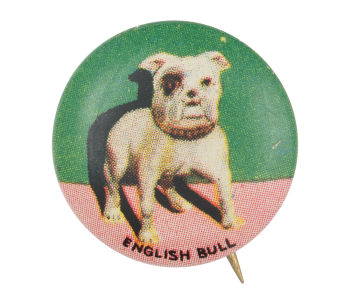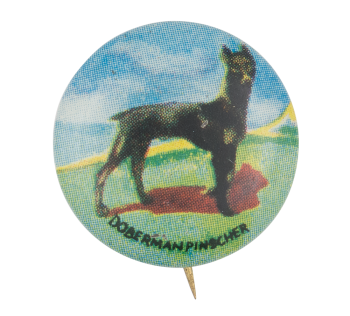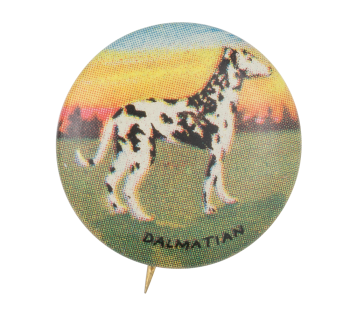First East to West Transatlantic Plane
| Category | |
|---|---|
| Additional Images | |
| Sub Categories | |
| Text on Button | FIRST EAST TO WEST TRANSATLANTIC PLANE JUNKERS W33 |
| Image Description | Green, blue and yellow illustration of a plane with text above and below |
| Back Paper / Back Info |
YANK JUNIOR AIRPLANE SERIES RELIANCE MFG CO CHICAGO ILL. |
| Back Style | |
| The Shape | |
| The Size | |
| Year / Decade Made | |
| The Manufacturer | |
| Additional Information | After more than 36 hours and 3,288 miles, German pilot Hermann Kohl, flight sponsor Baron Ehrenfried Gunther von Hunefeld and Irish copilot James Fitzmaurice completed the first east-to-west transatlantic flight by airplane in April 1928. They flew in a Junkers W33 D1167 named Bremen. The trio left the Baldonnel Aerodrome in Ireland and landed in eastern Quebec, Canada, more than 1,000 miles from their destination of New York City. This button is part of a larger set of 20 buttons, each with an illustration of a different airplane. They were originally given away by Yank Junior clothing with purchases. |
| Catalog ID | AR0315 |

